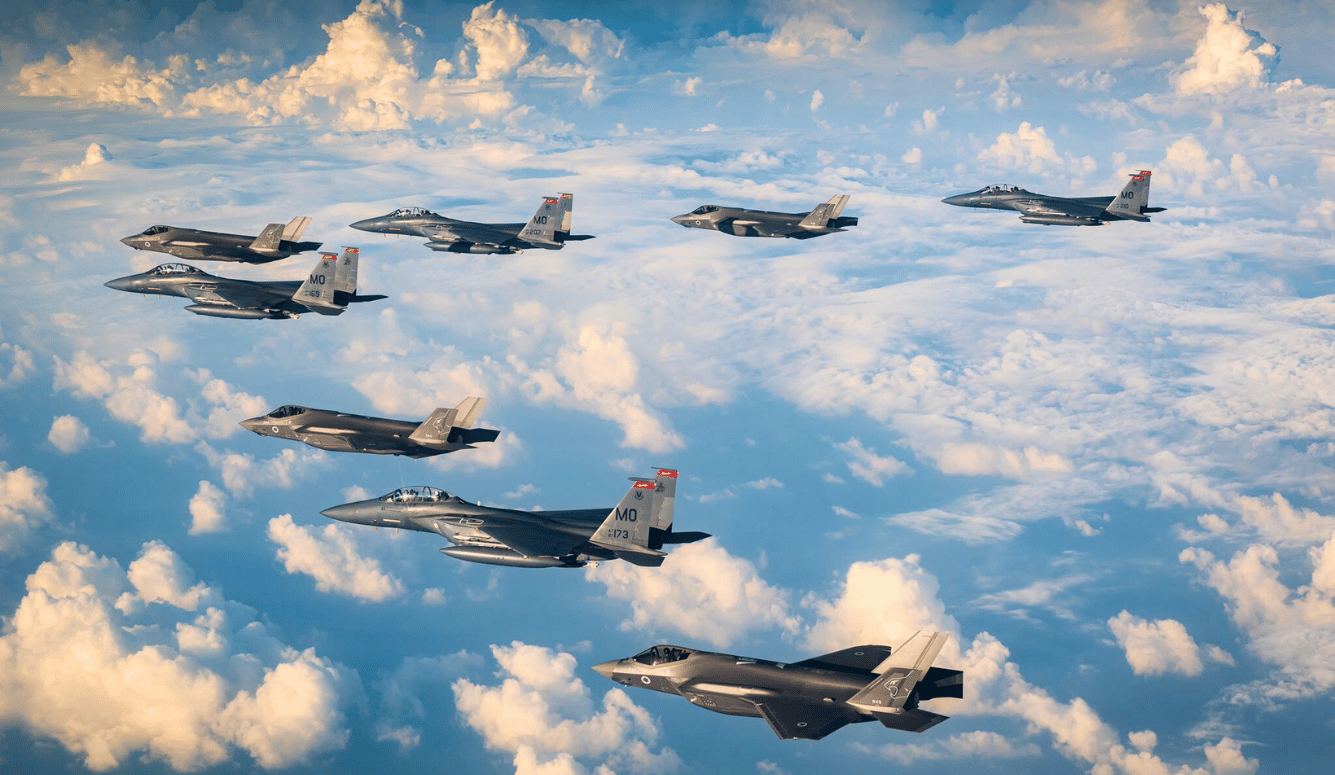Israel
From Terror Tunnels to Suicide Drones
Military innovations in the current Middle East conflict are changing the nature of warfare and are likely to be widely copied around the world in the future.

When Israel’s October 1973 war ended, many commentators concluded that the Arabs’ Soviet-built surface-to-air missiles (SAMs) had “bent the wings” of the famed Israel Air Force (IAF), which six years earlier, in the Six Day War of June 1967, had completely demolished the air forces of Egypt, Syria, and Jordan—and destroyed some Iraqi aircraft—in a single day. During the 19 days of the October War, by contrast, the SAMs brought down 101 Israeli fighter-bombers—representing almost a third of the IAF’s combat strength—and severely impaired the air force’s ability to help the IDF’s ground troops—which, nonetheless, ended up beating the Egyptian and Syrian armies and their Iraqi and Jordanian auxiliaries.
Over the thirteen months of the current conflict between Israel and the combined forces of Iran, Hamas, Hezbollah, and the Houthis, the Muslim combatants have so far failed to down a single Israeli aircraft. Remarkably, the hundred or so IAF F-16s, F-15s, and F-35 stealth aircraft that ravaged Iran’s air defences, ballistic missile—and possibly drone—factories, and missile stockpiles in a three-hour strike on 27 October emerged unscathed. The IAF assault on the Iranian SAMs was probably spearheaded by Israel’s US-supplied stealth aircraft squadrons.
The Iranian air defences consisted principally of Russian-made S-300 SAMs and probably included at least one S-400 SAM battery, as well as dozens of less sophisticated locally produced SAMs. The even more primitive air defences of Iran’s proxies—Hezbollah, the Houthis, and Hamas—fared no better than those of their sponsor. Over the past 13 months, the IAF has carried out thousands of air attacks on Hamas and Hezbollah personnel and positions in Gaza, Lebanon, and Syria—the latter of which is equipped with S-200 and S-300 batteries—and has conducted two massive bombings of Houthi installations in Yemen, without suffering any losses.





